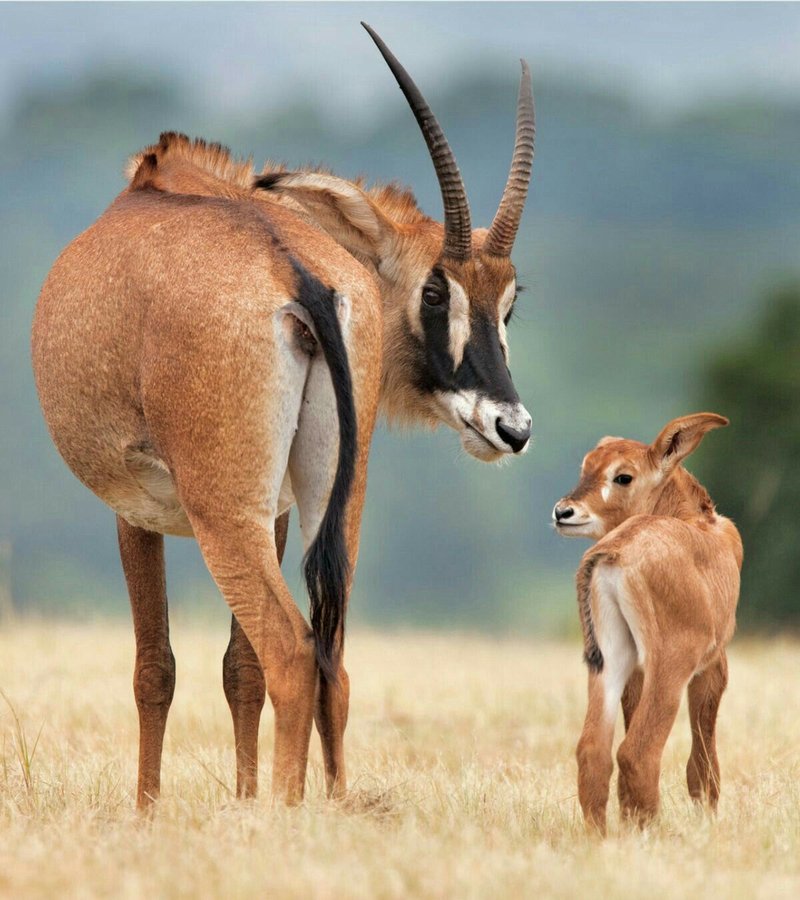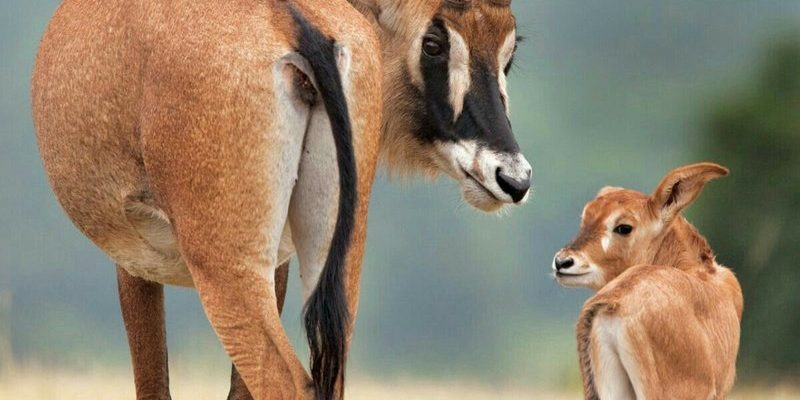
Understanding the roan antelope involves more than just its striking appearance; it’s about the transformation of a species over millions of years. Imagine the roan antelope as a character in a grand story, where each chapter represents a key moment in its evolutionary journey. So, grab your favorite drink, and let’s dive into the backstory of this remarkable animal.
What is the Roan Antelope?
The roan antelope, scientifically known as *Hippotragus equinus*, boasts a beautiful coat that ranges from a rich reddish-brown to a lighter tan. What truly sets it apart are its impressive, scimitar-shaped horns, which can span up to 36 inches in males. These antelopes are known for their social nature, often seen in small groups, which helps them avoid predators.
You might be wondering what makes them thrive in their natural habitats. Roan antelopes are typically found in grasslands and savannas of West and Central Africa. They prefer areas with plenty of tall grasses, where they can graze peacefully while keeping an eye out for threats.
Early Origins: The Ancestors of the Roan Antelope
To trace the evolutionary path of the roan antelope, we need to go way back in time. The story starts around 15 to 20 million years ago, in the Miocene epoch. During this period, the ancestors of the roan antelope were part of a larger group of animals called Bovidae, which also includes sheep, goats, and cows.
These early antelopes faced various environmental changes, like shifting climates and changing landscapes. It’s fascinating to think of them adapting to different habitats, much like how we adjust to changes in our daily lives. Over time, these adaptations led to the evolution of several antelope species, including the roan.
How the Roan Antelope Evolved
As the roan antelope’s ancestors adapted to their environments, specific traits began to develop. For example, their unique coloration and body structure were critical for survival. The roan’s coat color provides camouflage amongst grasses, making it harder for predators to spot them. It’s like nature’s way of putting on a special outfit designed for blending in.
Additionally, the roan antelope’s sturdy legs allow for quick, agile movements, enabling them to escape from threats. This evolution is a classic example of natural selection, where traits that improve survival chances are passed down through generations. Isn’t it incredible to think about how these adaptations unfold over time?
Population Dynamics and Social Structure
Another interesting aspect of the roan antelope’s evolutionary history is its social structure. These antelopes are typically found in small groups, which helps them work together to watch for predators. Here’s the thing: living in a group allows individuals to share the responsibility of looking out for danger while also facilitating mating opportunities.
Male roan antelopes are known to be territorial and will display impressive fighting skills to defend their territory. This behavior stems from their evolutionary need to ensure breeding rights and maintain the health of the population. Social dynamics like these are crucial to understanding how they thrive in the wild.
Conservation Status and Challenges
Despite their adaptability and resilience, roan antelope populations are currently facing significant challenges. Habitat loss, poaching, and competition with livestock have led to a decline in their numbers. You might be surprised to learn that some populations are considered vulnerable or, in certain areas, even endangered.
Conservation efforts are underway to protect these beautiful creatures. Organizations work tirelessly to create protected areas where roan antelopes can thrive without human interference. It’s a race against time, and every effort counts.
The Role of Roan Antelopes in Ecosystems
Roan antelopes are more than just a pretty face in the animal kingdom; they play a vital role in their ecosystems. By grazing on grasses, they help maintain the balance of vegetation, preventing overgrowth. This act contributes to the health of the entire savanna environment, supporting countless other species that rely on that ecosystem.
Think of them as nature’s gardeners, trimming back overgrown areas and making way for new growth. Their presence holds importance beyond just their beauty, reminding us how every species, no matter how big or small, plays a role in the circle of life.
The evolutionary history of the roan antelope is like a rich tapestry woven with threads of adaptation, survival, and ecological balance. From their early ancestors to their current role in the ecosystem, these antelopes have journeyed through time in remarkable ways.
As we learn more about the roan antelope, we gain insight into the broader narratives of evolution and conservation. By protecting them and their habitats, we not only save a unique species but also ensure the health of the ecosystems they inhabit. So next time you think about antelopes, remember the intricate story behind the roan and appreciate the beauty of nature’s creativity.

